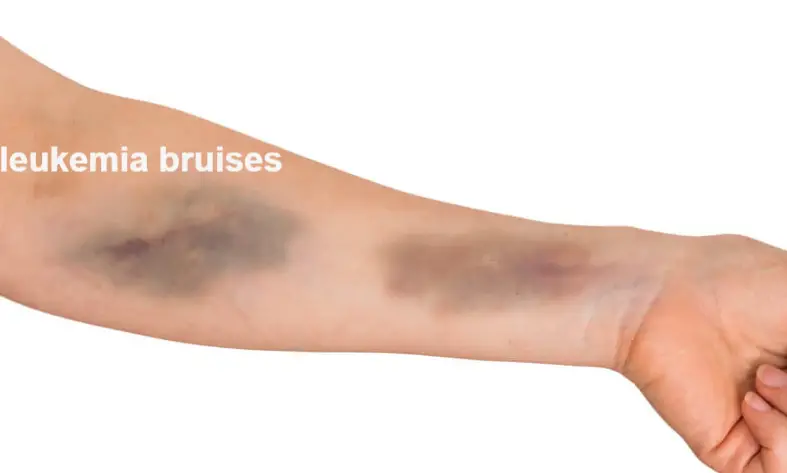


Sepsis is a life threatening complication of an infection. Treatment options vary depending on cancer type, but they may include medication, chemotherapy, and surgery. The symptoms of this condition include thrombocytopenia, which lowers blood platelet counts and leads to bleeding and bruising.Īlso, some of the initial symptoms of leukemia include bruising and bleeding, with bruises typically appearing on the back, legs, and hands.Ĭancer is often treatable, especially when a person receives an early diagnosis. One of these cancers is multiple myeloma. Several cancers that affect the blood cells can also cause random bruising. Treatment options for bleeding disorders vary but may involve platelet transfusions, clotting factors, or medications to help with clotting. Other symptoms that people with blood disorders may experience include: These factors are essential proteins involved in the blood clotting process. People with this condition are missing factor VIII or IX. Hemophilia: More males than females have hemophilia.Bernard-Soulier syndrome: People with this disorder bruise more frequently, have a higher risk of nosebleeds, and may experience random bleeding.It affects approximately 1 in 1 million individuals and is more common in India and Iran. Factor V deficiency: This rare genetic bleeding disorder causes frequent nosebleeds, bleeding, and bruising.People with certain bleeding disorders may experience more frequent bruising. Rare clotting issues and bleeding disorders There are several treatment options for thrombocytopenia. In severe cases, thrombocytopenia may cause internal bleeding and brain hemorrhage. rashes consisting of small dots, which are broken blood vessels.Some other symptoms of a low platelet count include: This is because these therapies reduce the amount of platelets in the blood. Some cancer treatments, such as chemotherapy, could increase a person’s risk of bleeding and bruising. When there are not enough platelets, the blood does not clot properly, which could increase the risk of a serious bleed.Ĭomplications from the following may give rise to thrombocytopenia:Īpproximately 5–10% of pregnant people and those who have recently given birth develop gestational thrombocytopenia. Thrombocytopenia is a condition that involves low blood platelet counts. Some autoimmune conditions, such as rheumatoid arthritis and lupus, may cause unexplained bruising.Ĭertain medications that help treat rheumatoid arthritis, including corticosteroids, may also contribute to random bruising. The treatment pathways for liver disease - and cirrhosis, in particular - aim to prevent further liver damage and protect the remaining healthy tissue.īecause alcohol use disorder is a common cause of liver disease, some treatments may involve alcohol rehabilitation to help the person stop drinking and prevent further liver damage. If a person receives a diagnosis of liver disease early enough, the odds of the liver healing itself are higher. According to the American Liver Foundation, people with cirrhosis may bleed or bruise more easily. Liver diseaseĪ damaged liver affects the body’s ability to form clots and stop bleeding. This is because their blood does not clot efficiently.Īlthough anyone can experience a vitamin K deficiency, it is more common in infants, as breast milk does not contain much of this nutrient. People deficient in vitamin K may also bruise more often. Symptoms of scurvy include bleeding issues that may lead to bruising. Other people at risk of developing scurvy include older adults and people who drink a lot of alcohol.

People who experience malnutrition could be deficient in vitamin C and may develop scurvy. The following are a few of the possible conditions that may cause random bruising to appear on the legs. Sometimes, however, bruising is a symptom of a more significant health issue. Bruises typically heal within a few weeks and are usually benign. Most of the time, bruising occurs when a person bumps into things, falls, or injures themselves in another way.


 0 kommentar(er)
0 kommentar(er)
